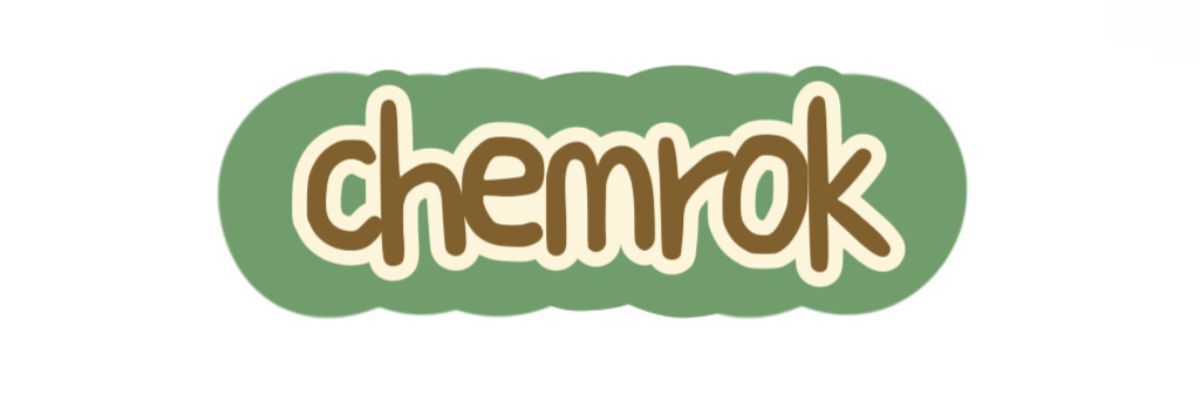Exploring Sodium Deoxycholate Stability: Key Insights
In recent research, sodium deoxycholate (SDC) has been highlighted for its importance in biological and pharmaceutical contexts, particularly focusing on its stability under various conditions. Understanding how environmental factors like temperature, pH, and exposure to light influence SDC is crucial, as these elements have a direct impact on its effectiveness and usability in a wide range of formulations.
The Multifaceted Nature of Stability
Stability is a complex characteristic influenced by various parameters. Sodium deoxycholate, despite its robust applications, can be affected by external conditions that may compromise its effectiveness. Therefore, exploring the stability of SDC is akin to discovering multiple layers of information that can enhance best practices in both pharmaceutical formulation and biological research.
Temperature's Impact on Stability
Temperature plays a significant role in the stability of sodium deoxycholate. When SDC is subjected to high temperatures, such as 40°C, hydrolytic degradation may occur, leading to the formation of numerous degradation products. This deterioration can severely affect its surfactant properties, which are critical in processes like drug delivery. Maintaining optimal storage conditions is vital for prolonging the shelf life and efficacy of sodium deoxycholate, underscoring the need for temperature regulation in both laboratory and industrial environments.
pH Range and Stability
The stability of sodium deoxycholate is also highly dependent on the pH of its environment. Research indicates that SDC is most stable within a specific pH range; deviations may lead to increased degradation rates. The unique amphiphilic nature of sodium deoxycholate facilitates its interaction with both lipid and aqueous environments, but extreme pH conditions can jeopardize this balance. Comprehensive stability testing across various pH levels is essential for maintaining SDC's integrity and effectiveness throughout its shelf life.
Interactions with Other Compounds
Another fascinating dimension to sodium deoxycholate stability is how it interacts with other chemical compounds. When formulating pharmaceuticals, the inclusion of excipients and active agents can influence the overall stability of SDC. Certain metals or organic compounds may catalyze degradation reactions, while specialized stabilizing agents can effectively prolong SDC's shelf life. A thorough approach to formulation design, involving compatibility and stability studies, is crucial for ensuring the effectiveness of sodium deoxycholate in practical applications.
Light Exposure and Chemical Integrity
Light exposure also critically influences sodium deoxycholate's stability. As a photolabile compound, SDC can undergo structural changes when exposed to UV light. Thus, implementing light protection measures in packaging and storage is essential for preserving the potency of SDC-containing products. Utilizing opaque containers or amber glass can mitigate light exposure, thereby safeguarding the chemical integrity of sodium deoxycholate.
Form Variants and Their Stability Profiles
The physical form of sodium deoxycholate can also be an important factor in its stability. Available as either a powder or an aqueous solution, each form may exhibit distinct stability characteristics influenced by moisture content and interactions with the packaging materials. Understanding these differences can aid researchers and developers in making the best formulations for therapeutic applications.
Conclusion
In conclusion, gaining insight into the stability of sodium deoxycholate is critical for those involved in its research and application. Factors such as temperature, pH, external compound interactions, light exposure, and the form of sodium deoxycholate all contribute to its stability profile. By prioritizing in-depth stability testing and meticulous formulation optimization, effective, reliable, and safe SDC-based products can be developed. As we deepen our understanding of sodium deoxycholate's nuanced behaviors, we advance towards fully harnessing its potential in pharmaceutical applications and beyond.
Explore more: How Can Natural Sources of Citicoline Enhance Cognitive Function?
For more Sodium Deoxycholate Stability, Sodium Deoxycholate, Sodium Deoxycholate Extract Wholesale information, please contact us. We will provide professional answers.


